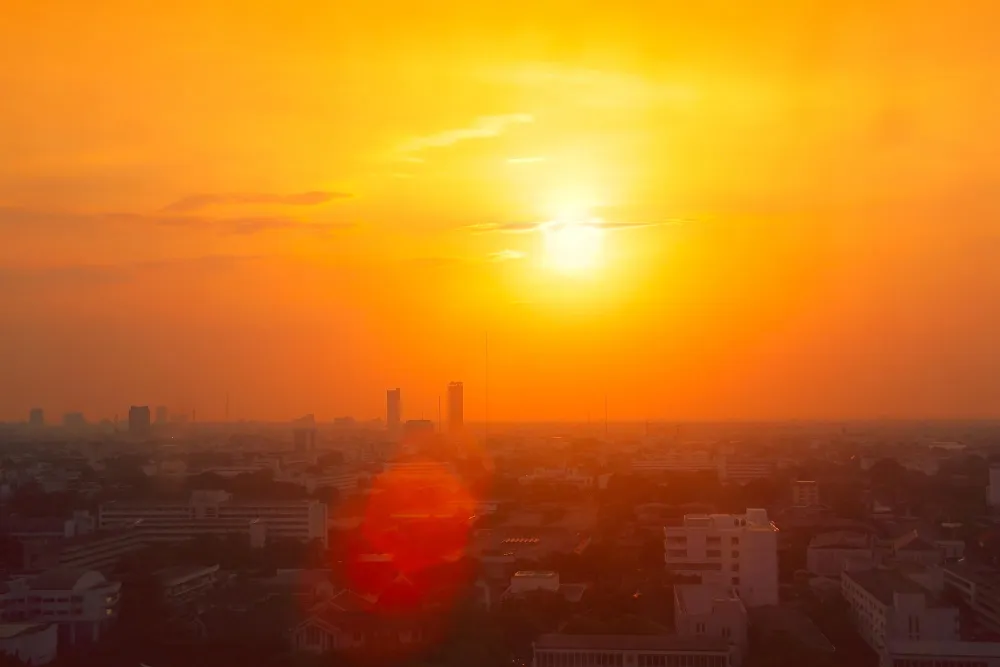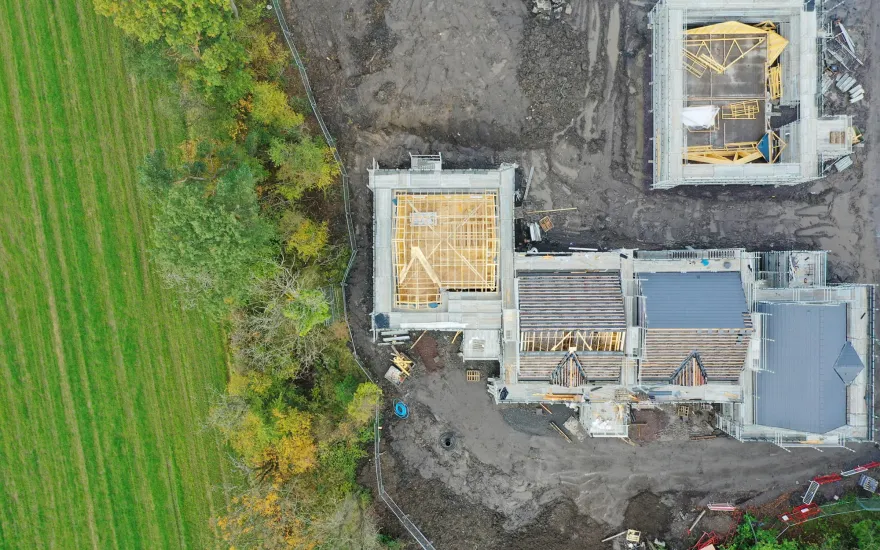Now live: The 2025 Canopy Report. Learn how Americans see trees. GET THE REPORT
Bulletin
Urban Trees and Climate Change
It has been said that the only constant in life is change. It is almost certain that our nation’s climate is one of those changes. Regardless of what is driving the change, increased heat in urban areas is affecting trees and cannot be ignored.

Increasing temperatures, especially in urban heat islands, put added stress on trees. Planning ahead to develop adaptive policies and practices may be necessary in order to keep urban forests healthy.
“Climate change is poised to upend almost every part of the way we do things, from our lifestyles to what our states grow,” read one editorial in a western newspaper. The writer went on to opine that predictions by scientists are becoming more accurate and that “we must heed their warnings.” Half tongue-in-cheek, the newspaper suggested that California’s prized almond trees might eventually do better in the state of Washington and that Washington’s apples just might move northward to Canada.
As can be seen in this bulletin, there is considerable evidence that change is in the air. That change currently seems to be going in only one direction, and it is not good. According to a report by the United Nations Environment Program and the World Meteorological Organization, global climate change is projected to increase the world’s average surface air temperature by 1.8 to 6.3 degrees Fahrenheit by the year 2100. Although this may seem like a small change, urban heat islands and other city conditions exacerbate this effect. Scientific literature points out that urban areas typically have warmer air temperatures, lower humidity, and more precipitation than rural environments. And, on a larger scale, climate change is believed to already be responsible for the increased frequency and duration of extreme events such as heavy rain — and the opposite, drought — and a decrease in available soil moisture for plants during summer months.
Trees are already being affected by heat stress in many parts of the country. It is a subject that deserves the attention of tree boards and policy makers. As can be seen in the following pages, there are ways to combat the changes, and some communities and organizations are stepping forward to lead through planning and action.
In This Bulletin
Here’s what’s inside:
- Evidence of Change — and Impacts Not to be Ignored – rising temperatures and their effects
- Trees and Heat Stress – how heat can harm trees
- The Response – different ways of responding to the issue
- Mitigating the Heat – steps individuals and organizations can take to help
